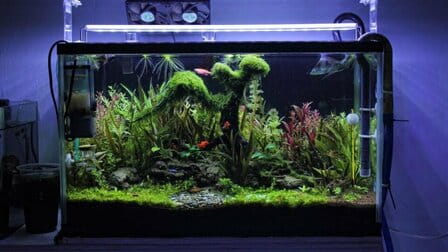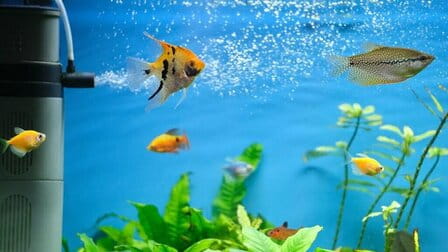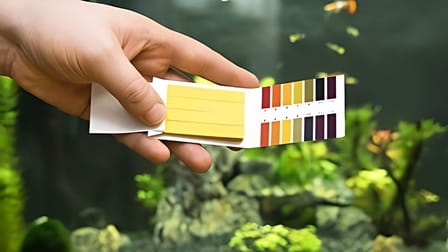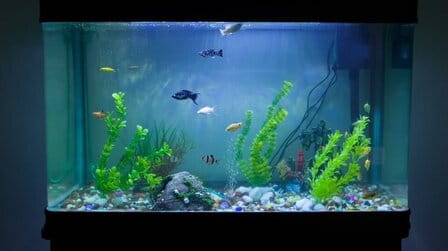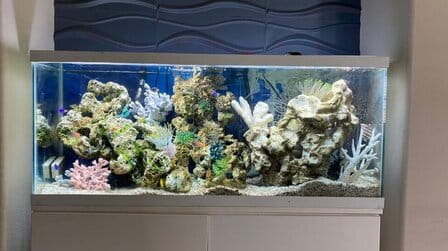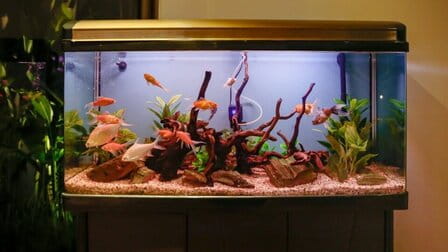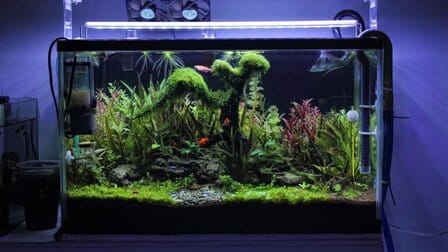A well-maintained aquarium with crystal-clear water is a captivating sight. It not only showcases the vibrant colors of your fish and plants but also indicates a healthy aquatic environment. However, if you have sand as your substrate, achieving and maintaining water clarity can be a bit more challenging compared to gravel or other substrates. Don't fret; in this comprehensive guide, we will delve deep into the world of sand substrate aquariums and explore strategies to keep your aquarium water clean and ensure your aquatic haven remains stunningly clear.
The Appeal of Sand Substrate
Sand is a popular choice among aquarium enthusiasts for several reasons:
Natural Aesthetic:Aquarium sand replicates the natural habitat of many fish species, providing a more authentic and visually appealing environment.
Plant Growth: Aquatic plants can establish more robust root systems in sand, promoting healthy growth.
Ease of Cleaning: Sand is relatively easy to keep clean, as debris tends to sit on top rather than falling between the substrate particles.
Gentle on Fish: Sand is gentle on the sensitive barbels and bodies of bottom-dwelling fish like catfish and loaches.
However, sand comes with its unique challenges, one of which is maintaining water clarity. Sand particles are finer and more prone to suspension in water, leading to cloudiness if not properly managed.
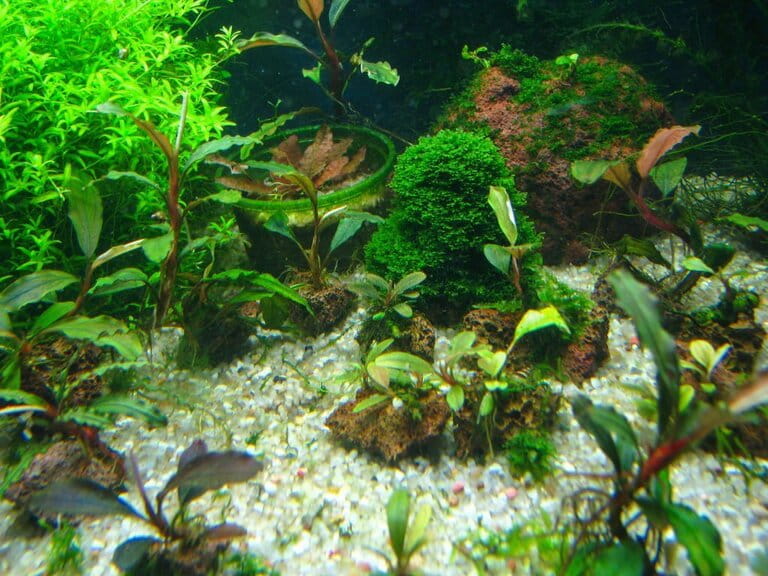
Understanding Cloudy Water in Sand Substrate Aquariums
Before we explore strategies to achieve and maintain crystal-clear water, let's understand why cloudy water occurs in sand substrate aquariums. Several factors contribute to this issue:
New Tank Syndrome: When setting up a new aquarium, it often goes through a phase known as "new tank syndrome." During this period, the water can turn cloudy due to the accumulation of dust and debris from the sand.
Sand Disturbance: Sand can easily become unsettled when fish dig, play, or feed. This disturbance can lead to suspended particles in the water, causing cloudiness.
Bacterial Bloom: Sometimes, a bacterial bloom can occur, especially in newly established tanks. These bacteria can cause water cloudiness, which usually clears up as the tank matures.
Now that we've identified the common culprits let's dive into strategies to maintain pristine water in your sand substrate aquarium.
Step-by-Step Guide to Achieving Crystal-Clear Water
Achieving and maintaining crystal-clear water in your sand substrate aquarium requires a combination of proper setup, regular maintenance, and careful observation. Here's a step-by-step guide:
Step 1: Properly Prepare the Sand
The first step to clear water starts before you even setup your aquarium. Properly preparing the sand is crucial:
Rinse Thoroughly: Rinse the sand thoroughly before adding it to the aquarium. Place the sand in a large bucket or container, fill it with water, and stir the sand vigorously. Pour off the cloudy water, and repeat this process until the water runs clear.
Layer Wisely: When adding sand to your aquarium, create a sloped or contoured substrate. This can help prevent sand from accumulating in one area and causing cloudiness due to disturbance.

Step 2: Use Quality Filtration
A robust filtration system is essential for water clarity. Consider the following:
Select the Right Filter: Choose a filter that's appropriate for the size of your tank. Canister filters and hang-on-back (HOB) filters are popular choices for sand substrate aquariums.
Proper Media: Ensure your filter has the appropriate filter media, including mechanical and biological filtration. Regularly clean or replace filter media to maintain efficient filtration.
Water Flow: Position the filter outlets strategically to promote even water circulation, preventing sand particles from settling.

Step 3: Monitor Sand Disturbance
Fish behavior can contribute to sand disturbance, leading to cloudiness. Here's how to manage it:
Fish Selection: Choose fish species that are less likely to disturb the sand. Bottom-dwelling fish like catfish and loaches can be gentler on the substrate.
Feeding Habits: Avoid overfeeding your fish, as excess food can accumulate in the sand and lead to water quality issues. Remove uneaten food promptly.
Step 4: Routine Maintenance
Consistent maintenance is key to maintaining clear water:
Regular Water Changes: Perform routine water changes of 10-15% every 1-2 weeks. Use a gravel vacuum or siphon to remove debris from the sand during water changes.
Surface Skimming: Use a surface skimmer to remove debris and organic matter from the water's surface, preventing it from settling on the substrate.

Step 5: Consider Water Clarifiers
Water clarifiers are chemical additives that can help clear cloudy water by causing suspended particles to clump together, making it easier for the filter to capture them. Follow the manufacturer's instructions when using a water clarifier.
Step 6: Practice Patience
After implementing these measures, allow your tank some time to settle. Water clarity may not improve instantly, but with consistent maintenance and proper care, you should see an improvement within a day or two.
Preventing Cloudy Water in the Future
Prevention is often more straightforward than a cure. To maintain clear water in your sand substrate aquarium, consider the following tips:
Properly Rinse Sand: As mentioned earlier, rinse the sand thoroughly before adding it to your aquarium to remove excess dust and debris.
Moderate Disturbance: Be cautious when cleaning and performing maintenance in your tank to avoid excessive sand disturbance.
Regular Maintenance: Stick to a regular cleaning and water change schedule to prevent the buildup of debris and waste.
Avoid Overfeeding: Feed your fish an appropriate amount and remove uneaten food promptly.
Quarantine New Additions: Quarantine new fish and plants before introducing them to your main tank to prevent the spread of potential contaminants.
By following these practices, you can enjoy a beautifully clear aquarium with sand substrate and provide your aquatic friends with a healthy and visually appealing environment.
Final Thoughts
Maintaining clear water in a sand substrate aquarium requires careful planning, proper setup, and consistent maintenance. Remember to assess your tank, perform regular water changes, maintain your filter, monitor fish behavior, and be patient during the process. With dedication and good aquarium-keeping practices, you can enjoy a stunning and clear aquatic haven for your fish and plants, showcasing their beauty and providing them with a healthy habitat.

